Japan has achieved what other Asian economies have yet to — the successful launch of a globally circulating, yen-pegged stablecoin. JPYC, a leading Japanese issuer, announced the world’s first digital yen fully backed by domestic bank deposits and Japanese government bonds (JGBs). Unlike many regional peers, JPYC’s stablecoin is redeemable 1:1, charges no transaction fees, and generates revenue from interest earned on its JGB reserves.
What sets Japan apart is its currency’s global usability. Following the 1980s deregulation that ended strict capital controls, the yen became one of the world’s most traded currencies, freely circulating through the euro-yen market. In contrast, South Korea’s won remains tightly restricted to onshore use to maintain monetary control, making a global won-backed stablecoin nearly impossible. Taiwan’s dollar faces similar limitations, as its stablecoin framework enforces full onshore reserves and central bank oversight, confining its utility to domestic transactions.
Hong Kong, though more open, already operates under a USD peg, making U.S. dollar stablecoins more practical for international use. This leaves Japan’s yen stablecoin as the only Asian fiat token with true global potential.
The timing is ideal. With Japanese government bond yields surpassing 3%, JPYC’s interest-based model offers a sustainable business case without relying on speculative yields. Moreover, the coexistence of regulated yen- and dollar-backed stablecoins could enable a decentralized USD/JPY on-chain trading pair — one of the most traded forex pairs globally.
Such a development could bridge traditional finance and decentralized markets, paving the way for an Asian-led, multi-currency stablecoin ecosystem. However, market adoption remains uncertain. Despite clear regulatory backing and convertibility, it’s unclear whether traders truly want another fiat-pegged token beyond the dominant U.S. dollar stablecoins.











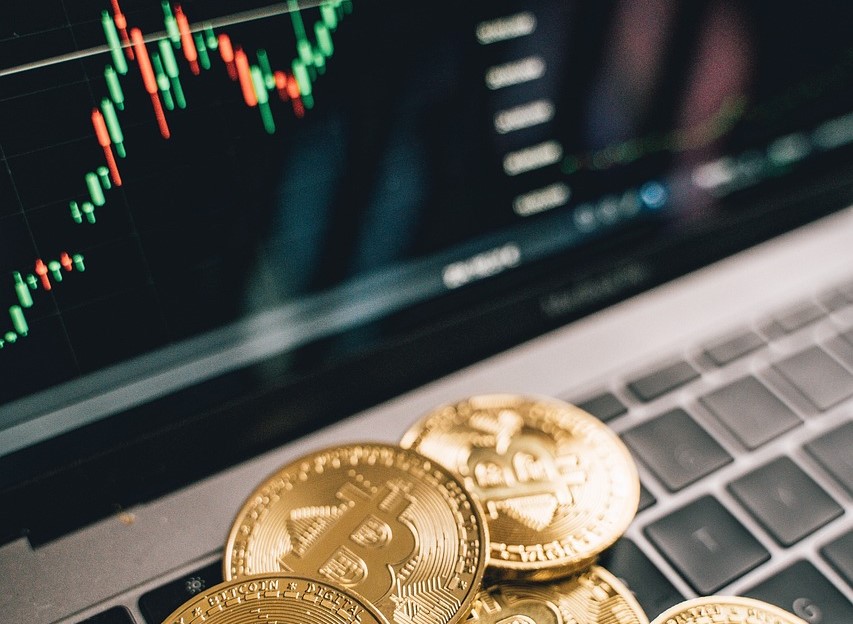
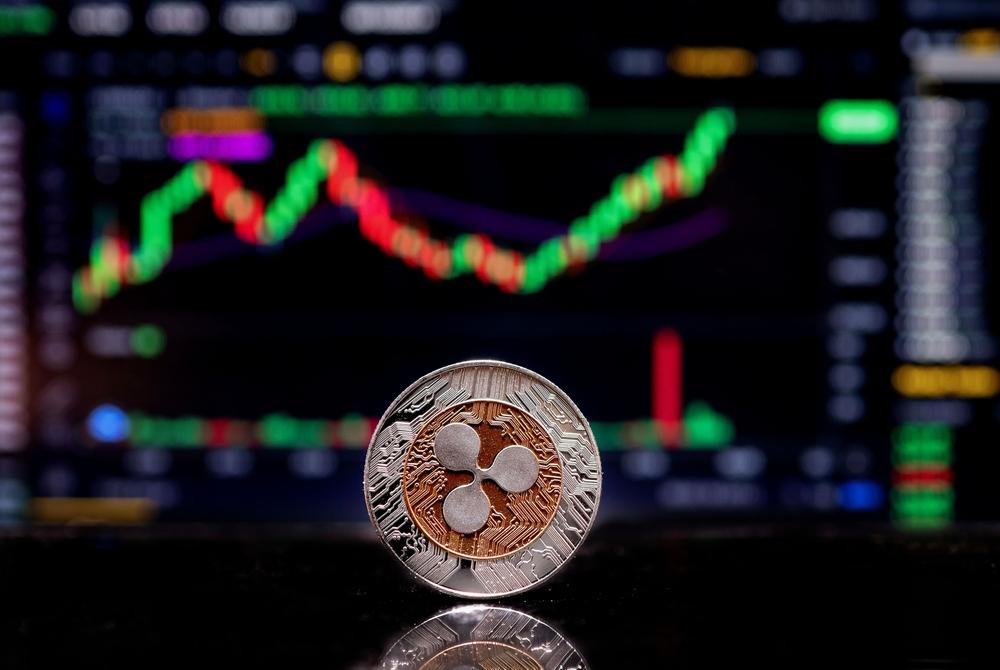






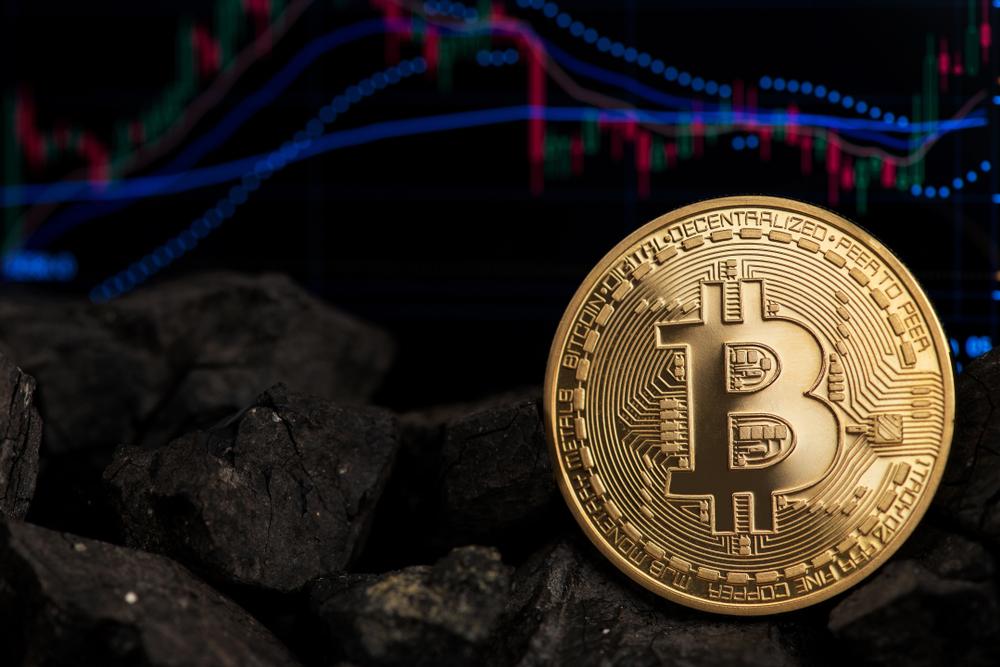
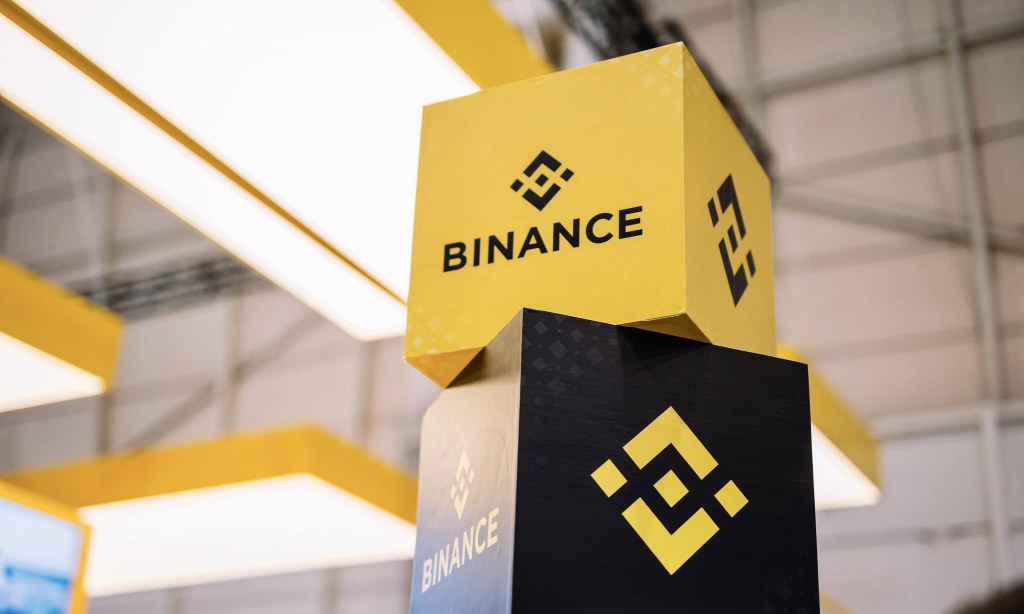

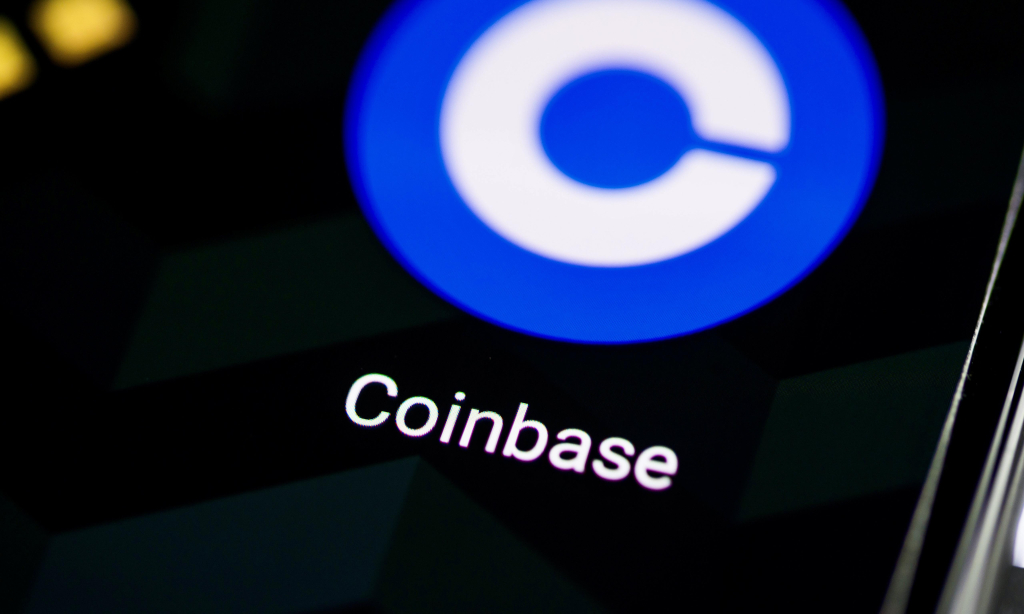


Comment 0